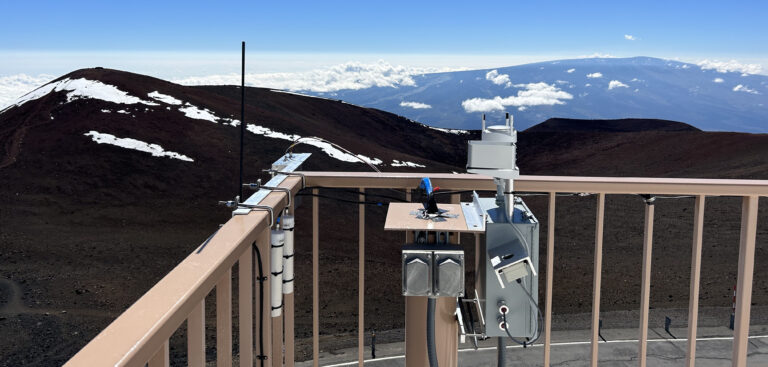The US National Oceanic and Atmospheric Administration (NOAA) will partner with the University of Hawaii (UH) to collect atmospheric measurements at the Maunakea Observatories on the Big Island of Hawaii.
These measurements will provide records of global carbon dioxide (CO2) similar to those gathered for more than six decades at NOAA’s Mauna Loa Observatory (MLO) and will provide key information to track global climate change.
Measurements at the NOAA observatory stopped following the recent eruption of Mauna Loa’s volcano, when lava flow crossed the road leading to the site, blocking staff access and taking out power lines to the facility.
Under an emergency agreement, NOAA and UH have established a temporary measurement site at Maunakea, a dormant volcano approximately 34km north of Mauna Loa, for the critical CO2 record and other atmospheric measurements taken at MLO. The existing science infrastructure at Maunakea allowed for a quick installation with little change to the existing campus.
Dr Steve Thur, NOAA assistant administrator for oceanic and atmospheric research, said, “The data gathered over many decades in Hawaii is essential to our understanding of climate change. We are always grateful for the strong partnership with the University of Hawaii, but especially now when we need a way to ensure continuity in the measurement of CO2. Being able to pull atmospheric samples from Maunakea while Mauna Loa is down ensures that any disruption to this important long-term research will be minimal.”



